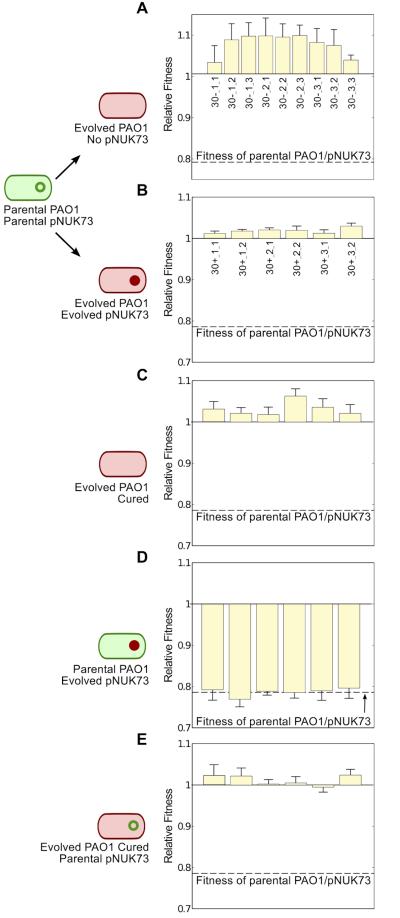Figure 2. Compensatory adaptation to pNUK73 is due to changes in the host bacteria.
Fitness (average ± s.e.m., n=6), compared to the ancestral PAO1 of: (A) plasmid-free (three clones per population) and (B) plasmid-bearing clones (two clones per population) after 30 days of serial passage in the absence of antibiotics, (C) the cured clones from the evolved plasmid-bearing clones, (D) the parental PAO1 transformed with the six evolved pNUK73 plasmids, and (E) the evolved cured clones transformed with the ancestral pNUK73. Note the small increase in fitness in the plasmid-free clones (A) and the compensation of the fitness cost produced by the plasmid (B) over the experiment. The plasmid produced no significant cost in the evolved clones (comparison between B and C) and the adaptation was due to changes in the bacterial host chromosome (comparison among the ancestral PAO1/pNUK73, B and E) and not in pNUK73 (comparison among the ancestral PAO1/pNUK73, B and D). The names of the clones are displayed in the x-axis and clones are arranged according to populations.

